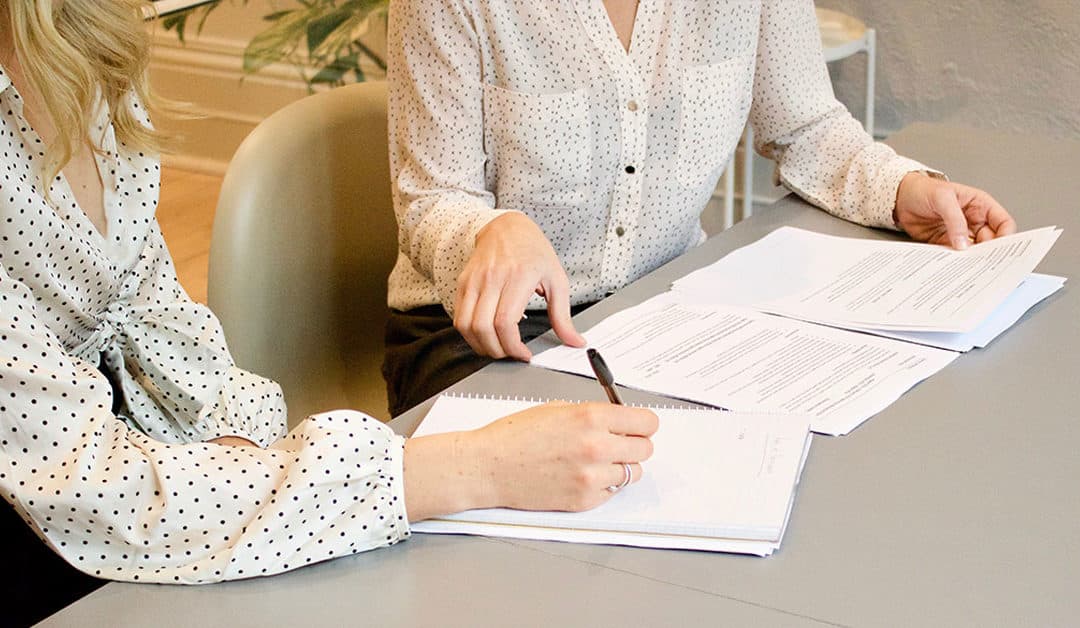When selling a dental practice, there are a lot of things to consider and details to manage. The one that gets the most attention is usually how to value your practice. However, one thing that is generally not factored into the selling price is the accounts receivables. Accounts receivable are the amounts owed by patients who have been provided service but either they or their insurance (or some combination of the two) have not yet remitted payment. Accounts receivable are generally handled as a separate item. This is because a transitioning dentist may or may not want to make them part of the deal, as it represents payments owed for work that has been performed.
Similarly, when buying a dental practice, the buyer might not want to buy the accounts receivable because it can impose an unwanted administrative burden and cost, to try and collect on work that the buying dentist didn’t perform. Typically, however, it may be to the advantage of a buyer to try and get the accounts receivable. When they are sold, it is usually at a discounted rate (for reasons explained below) and can provide a source of operating capital from day one as opposed to borrowing additional funds from a bank.
In this article we’ll discuss a couple of basic options you have regarding the sale of accounts receivable and the advantages and drawbacks of each. Whether you ultimately decide to sell or not sell your accounts receivable will depend largely on the particulars of your practice and, importantly, the counsel of your financial adviser and dental practice transition specialist.
Sell the Accounts Receivable
If you include the accounts receivable when selling a dental practice, you are doing two things. First, you are releasing any claim you have on payment for work you did prior to the sale. It now belongs to the buyer. Second, you are also getting rid of the responsibility of trying to collect those outstanding payments. Under this scenario, you get to walk away with no further responsibility with regard to the accounts (except having to possibly endorse some checks over to the buyer).
As mentioned, this can be advantageous for the buyer who can use the funds as operating capital. It’s a way for them to have an income stream from day one, which may be attractive to a new doctor. And, if they need the accounts receivable for this reason, it may also be to your advantage to sell them, to help ensure that the sale closes.
And while you will receive some compensation for the sale of the accounts, it will not reflect their full face value. This is for two reasons. First, simply stated, an agreement by a patient or insurance company to pay for your services is not the same as cash in hand. There will always be risk involved in collecting payment and this risk is reflected in the discounted rate. If you use dental accounting software, you probably know that it groups your accounts receivable into different categories, 0-30 days outstanding, 31-60 days days, 61-90 days, and so on. The longer the account is outstanding, the less likely you are to collect, and the more expensive it will be to do so. So a buyer may offer 95% for accounts that are due in 30 days or less, 75% for 31-60 days, 50% for 61-90 days, and so on.
The second reason, acknowledged above, is that there are costs involved with collections, costs which increase with each billing cycle. This will be discussed in more detail below.
Don’t Sell the Accounts Receivable and Have the Buyer Collect Them
If, when selling a dental practice, you and the buyer choose to not make accounts receivable part of the overall deal, you still have to have someone collect on those accounts. Traditionally this is done by the buyer as they want to ensure that the core of what they purchased, patient goodwill, is preserved. Administratively, this is a more complicated option, but it means you get to keep the payment for the work you actually did.
Two things have to be considered. The first thing is how the buyer will keep your accounts separate, making sure you get the funds that belong to you. The administrative staff will have to keep track of your accounts and the new doctor’s accounts separately. This additional work results in the buyer incurring additional administrative costs, for which they can reasonably expect to be compensated.
Second, when buying a dental practice, the buyer may not relish the idea of running a collection and accounting office for a retired doctor. The new doctor will be incurring the actual cost of collections and will rightly expect you to compensate the practice for this work out of the money being collected. Some of the expenses (in terms of either employee time or actual money spent) may include: electronic statements or paper statements, electronic claims (or in rare cases manual insurance claims), postage, labor, phone calls, secondary insurance submission, credit card fees and communication time with patients or account holders. In our experience, the cost is typically set at 5% of the accounts receivable.
Whether this is more advantageous than simply selling the accounts receivable along with the dental practice will depend on how much you have outstanding, how long it has been outstanding, and who is obligated to pay (with insurance companies being more reliable than individual patients).
Get Expert Advice on Selling a Dental Practice
A big takeaway we hope that you get from this article is that there are a lot of factors particular to your dental practice that will determine whether selling the accounts receivable is the smart move. For help in navigating this decision, you should rely on expert advisors with experience in dental practice transitions who can help you identify and weigh your options.
This is just one of many ways a dental practice transition specialist can help you transition your practice in the way that best suits your goals. If you are considering transitioning your dental practice, contact us today and find out what we can do to help you.

